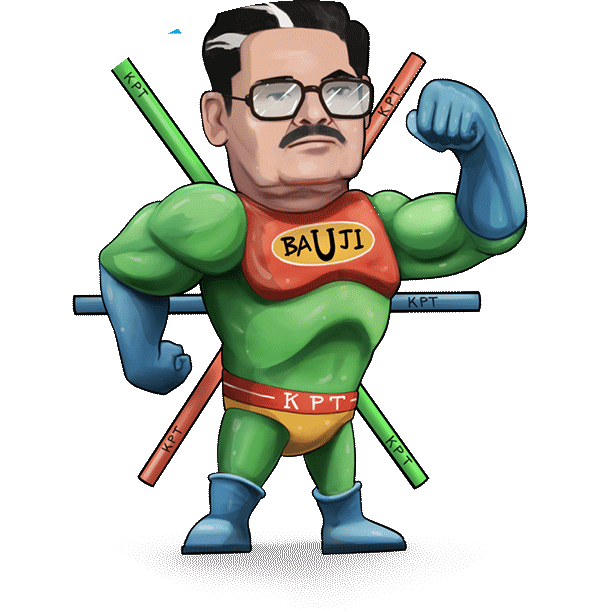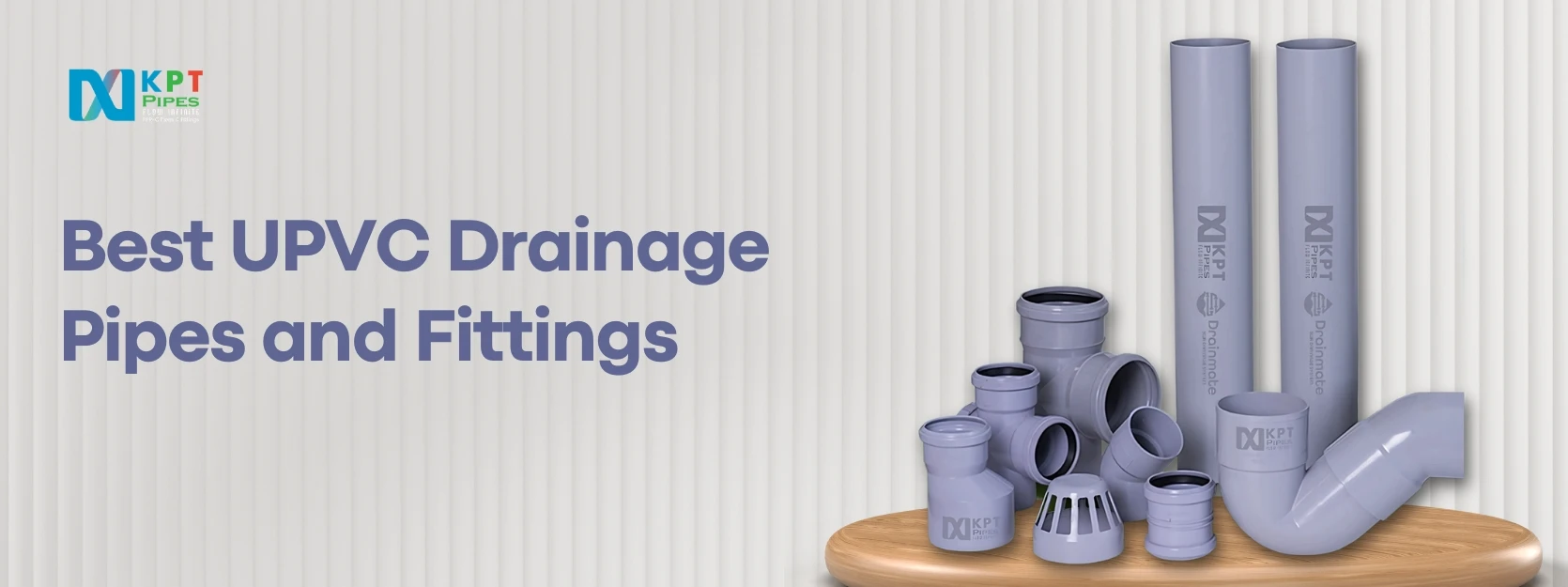When it comes to modern plumbing systems, UPVC Drainage Pipes and Fittings have become the first choice of architects, engineers, and homeowners alike. Known for their strength, durability, and corrosion resistance, these pipes redefine efficiency in wastewater and rainwater disposal systems. As infrastructure standards evolve, UPVC continues to prove its superiority over metal and other plastic alternatives.
Table of Contents
ToggleUnderstanding UPVC Drainage Pipes
Unplasticized Polyvinyl Chloride (UPVC) is a rigid form of PVC that does not contain plasticizers, making it exceptionally strong and weather-resistant. UPVC Drainage Pipes are designed to handle fluids under gravity flow, particularly for residential, commercial, and industrial drainage networks. They are non-reactive to most acids, alkalis, and salts, ensuring consistent performance even in harsh environmental conditions.
Unlike conventional cast iron and asbestos pipes, UPVC solutions require minimal maintenance and avoid rusting, leakage, or clogging issues. This combination of affordability and durability makes them the most sustainable solution for drainage systems worldwide.
Key Features of UPVC Drainage Pipes and Fittings
- Smooth Inner Surface: The smooth internal bore of UPVC Drainage Pipes minimises deposits and resistance to water flow, ensuring uninterrupted discharge.
- Lightweight and Easy Installation: UPVC is significantly lighter than metal alternatives, allowing easier transport and faster installation. The solvent cement joining method further simplifies assembly without heavy equipment.
- Non-Corrosive and Chemical Resistant: These pipes maintain structural integrity when exposed to corrosive substances and aggressive effluents, making them ideal for industrial applications.
- Leakproof and Long-Lasting: High-quality rubber ring joints and precision-designed fittings create perfectly sealed joints, preventing leakage and backflow for decades.
- Eco-Friendly Choice: UPVC is 100% recyclable and free from toxic materials, making it an environmentally responsible material for wastewater systems.
Types of UPVC Drainage Pipes and Fittings
- Soil and Waste Pipes (SWR): Used for soil stack and internal waste-line systems, these pipes are designed for carrying domestic waste from sinks, lavatories, and showers to the main drainage line.
- Underground Drainage Pipes: These thicker-walled pipes are optimised for underground wastewater management, ensuring high structural strength and resistance to soil pressure.
- Vent Pipes: Essential for balancing air pressure within a plumbing system, vent pipes prevent siphoning and maintain a smooth flow in drainage lines.
- UPVC Drainage Fittings: Elbows, tees, reducers, couplers, and traps form the essential connection network. Each fitting is precision-engineered for perfect alignment and leak-free operation.
Applications of UPVC Drainage Pipes and Fittings
- Residential Buildings: UPVC Drainage Pipes ensure hygienic and odour-free discharge systems in homes, with no rusting or scaling over time.
- Commercial Complexes: From shopping malls to hospitals, their noise-free and maintenance-free nature makes them ideal for public spaces.
- Industrial Units: The chemical resistance of UPVC allows safe discharge of non-aggressive industrial effluents and rainwater runoff.
- Municipal Projects: Used in underground drainage and sewage systems, these pipes offer longevity and sustainable water management for cities.
Why Choose UPVC Drainage Pipes Over Traditional Materials
| Feature | UPVC Drainage Pipes | Metal / Concrete Pipes |
| Corrosion Resistance | Excellent | Poor |
| Weight | Lightweight | Heavy |
| Installation Cost | Low | High |
| Maintenance | Minimal | Frequent |
| Durability | 50+ years | 20–25 years |
| Flow Efficiency | High | Moderate |
Metal and concrete pipes, although historically popular, often face leakage, corrosion, and installation challenges. In contrast, UPVC Drainage Pipes and Fittings maintain their form, functionality, and strength in demanding environments, reducing life-cycle costs dramatically.
Installation and Jointing
The success of a drainage system depends on proper installation. UPVC pipes are joined using two popular techniques—Solvent Cement Jointing and Rubber Ring Jointing. Solvent cement chemically fuses the surfaces, creating a leak-proof, permanent bond. Rubber ring joints, on the other hand, allow a little flexibility, suitable for underground installations where minor ground movements may occur.
Important installation guidelines include:
- Always ensure pipes are cut squarely for proper alignment.
- Clean and dry surfaces before jointing.
- Use the correct quantity of solvent cement or rubber-based lubricants.
- Provide adequate bedding around underground pipes to prevent stress points.
Benefits of Choosing UPVC Drainage Pipes for Modern Infrastructure
- Long Service Life: With an expected lifespan exceeding five decades, UPVC systems drastically reduce maintenance and replacement costs.
- Cost Efficiency: Lightweight construction and easy jointing minimize labor and material expenses.
- UV and Weather Resistance: UPVC does not degrade under sunlight or temperature variations, making it suitable for indoor and outdoor use.
- Low Noise Flow: The rigid structure reduces water hammer and ensures quiet operation in buildings—a key advantage in multi-story complexes.
- Safety and Hygiene: Being non-toxic and non-porous, UPVC prevents bacterial growth and contamination, maintaining hygiene at all levels.
Environmental Benefits of UPVC Drainage Systems
Sustainability lies at the heart of UPVC’s popularity. Compared to metal or concrete materials, the energy used in manufacturing UPVC Pipes is significantly lower. They are completely recyclable and can be reprocessed without releasing harmful substances, aligning with global green building norms. Their lightweight design also reduces fuel consumption during transportation, minimizing carbon emissions.
Leading Brands and Quality Standards
Top manufacturers such as KPT Pipes, Finolex, and Supreme offer UPVC Drainage Pipes and Fittings that meet international quality benchmarks like IS 13592 and ASTM D-1785. These standards ensure each pipe has the required tensile strength, pressure resistance, and dimensional accuracy for various applications.
When selecting a brand, always check for:
- Product certification (ISI or equivalent)
- High ring stiffness and impact resistance
- Compatibility with standard fittings
- Reliable after-sales technical support
Maintenance and Lifespan
Another major advantage of UPVC Drainage Pipes and Fittings is their maintenance-free nature. Simple regular inspections ensure that the systems perform efficiently. In the rare case of blockage, mechanical cleaning or mild chemical cleaning restores performance without damage.
Because the inner surface of UPVC does not roughen over time, flow efficiency remains consistent for decades. This is crucial in municipal and industrial settings where reliability and constant discharge are vital.
Future of Drainage Systems with UPVC
As urban centres expand and infrastructures modernize, the demand for efficient, environmentally friendly, and cost-effective drainage systems continues to rise. UPVC technology is evolving with new joining systems, higher pressure tolerances, and modular fittings to suit diverse applications.
Adopting UPVC Drainage Pipes and Fittings is an investment not only in performance and durability but also in sustainable infrastructure development. Their unmatched combination of strength, safety, and cost-effectiveness positions UPVC as the backbone of future-ready plumbing networks.
FAQs on UPVC Drainage Pipes and Fittings
Q1: What are UPVC Drainage Pipes used for?
Ans: UPVC Drainage Pipes are used for the removal of wastewater and rainwater in residential, commercial, and industrial setups. They also form part of underground sewage and soil waste systems.
Q2: How long do UPVC Drainage Pipes last?
Ans: With proper installation and normal conditions, these pipes can last over 50 years without corrosion or leakage issues.
Q3: Are UPVC Drainage Pipes resistant to chemicals and sunlight?
Ans: Yes. UPVC is inherently resistant to most chemicals, salts, acids, and alkalis. Its UV stability also makes it suitable for outdoor installations.
Q4: How are UPVC Drainage Pipes joined?
Ans: They are typically joined using solvent cement or rubber ring joints, both of which provide leak-proof and durable connectivity.
Q5: Why are UPVC Drainage Pipes considered eco-friendly?
Ans: UPVC is a recyclable material with low manufacturing energy requirements. Its long lifespan and chemical inertness contribute to reduced environmental impact.


